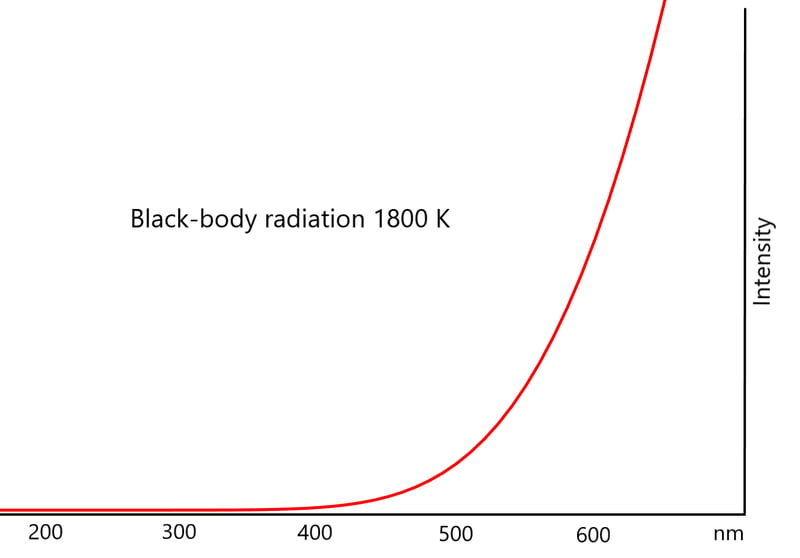Quantifying the Purity of Olive Oil with Timegated® Raman Spectroscopy
Globally food adulteration is a great challenge affecting almost all food commodities. The deliberate or unintentional contamination of food with inferior quality of food or replacing with some ingredients is adulteration in a broad term. Adulteration not only constitutes a considerable economic problem but also may lead to serious health issues for consumers.
Hence food adulteration is of great concern. An example for food adulteration is the adulteration of olive oil. Often olive oil is diluted with cheap vegetable or seed oils or low-grade oils or refined oils. The genuineness or purity of Virgin olive oil impacts the consumers and adulteration may lead to health risks as well. Virgin olive oil is one of the main ingredients in the Mediterranean diet, and now there is an ever-expanding global market for this product owing to its health benefits. This leads to counterfeiting virgin olive oil. Europol has reported that 150 000 liters of fake extra virgin olive oil in 2019 [Read more about it in here]. This shows the extant of counterfeiting of olive oil.
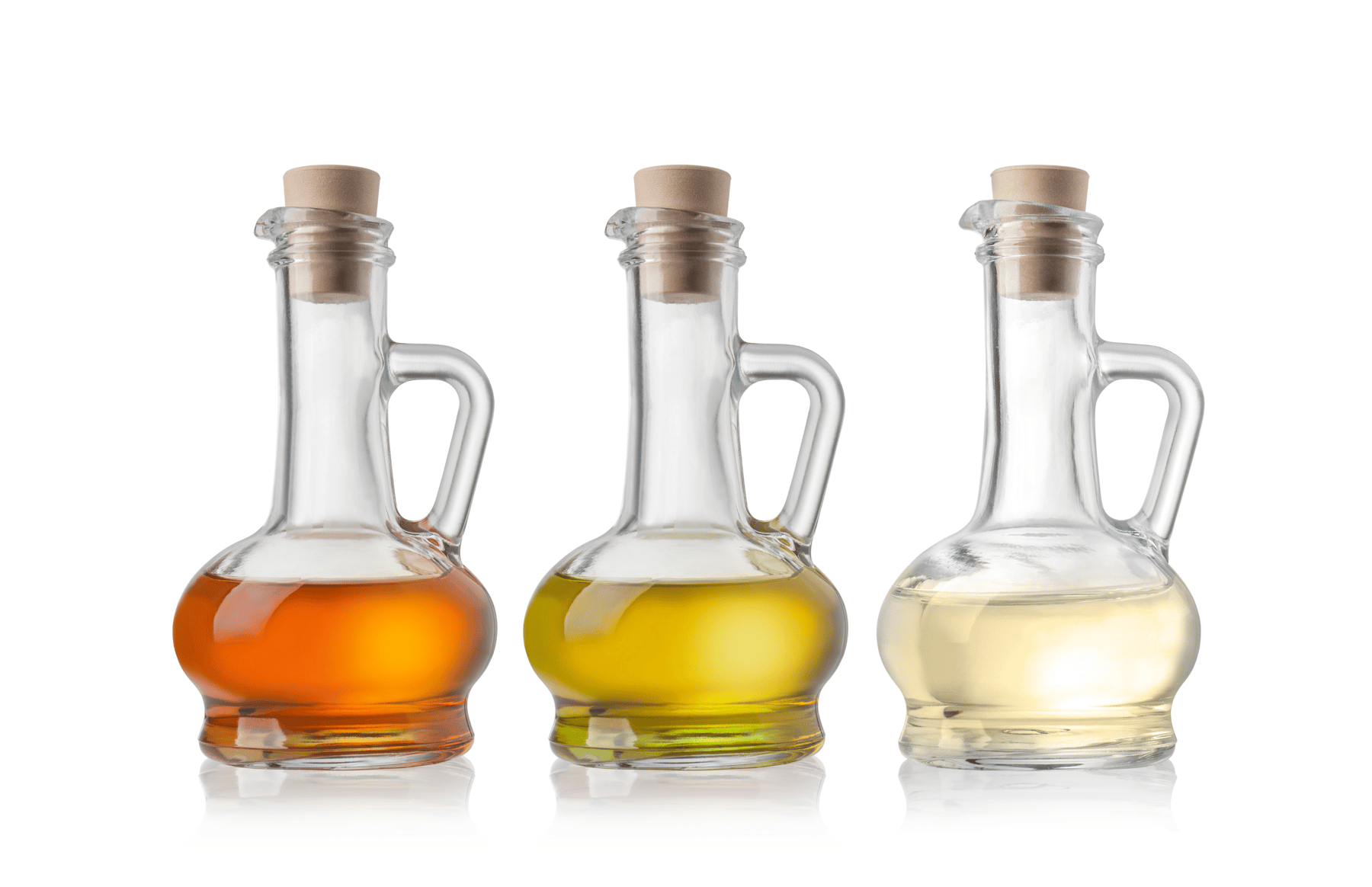
Several techniques including mass spectrometry, gas chromatography, high-performance liquid chromatography and nuclear magnetic resonances spectroscopy are being employed to detect food adulteration. All these methods are very efficient with low detection limits, yet they are time consuming and expensive which requires laboratory facilities and trained professionals. There is still an unmet need to develop a sensitive, portable, and quick technology for detecting counterfeit food products.
In this blog we will be showing how time-gated Raman spectroscopy can be employed to quantify the purity of olive oil. Binary mixtures of extra virgin olive oil with sunflower oil and rapeseed oil of ratios 10%, 20%, 30%, 40% and 50% was measured and calibrated. Further a cheap off shelf olive oil was tested for its purity.
Materials and Methods
Samples
Extra virgin olive oil with volume percentage ranging from 50 to 100% was blended with cheaper edible oils like sunflower oil and rapeseed oil. Subsequently, 12 binary mixtures were prepared for Raman measurements.
Data Collection and Analyses
The samples were measured using a time-gated PicoRaman spectrometer with 532 nm pulsed laser coupled to a B&WTek BAC100-532E microprobe with a spot size of 85 µm. The samples were placed in a glass tube with a path length of 12 mm and measured. The spectra were pre-processed in SHSGUI and the spectra were analyzed using Matlab.
Baseline correction and smoothening were carried out in SHSGUI. A PLS regression model was built on the preprocessed data in Matlab.
Results and Discussion
The primary Raman peak positions and the respective vibrational modes of extra virgin olive oil, rapeseed, and sunflower oils are: 869 cm−1 (C–C) stretching from the molecule –(CH2)n–, 972 cm−1 (C=C) bending from Trans RHC=CHR, 1079 cm−1 (C–C) stretching from –(CH2)n–, 1155 cm-1 (C-C stretching of carotenoids), 1263 cm−1 in-plane (.=C–H) deformation from unconjugated cis (RHC=CHR), 1303 cm−1 (C–H) bending (twisting) from ethylene(CH2), 1441 cm−1 (C–H) bending (scissoring) from methylene (CH2), 1525 cm−1 (C=C) stretching attributed to carotenoids, 1657 cm−1 (C=C) stretching from unsaturated banding(cis RHC=CHR), 1746 cm−1 (C=O) stretching from ester (RC=OOR). The major difference between the adulterated olive oil and extra virgin olive oil samples is the appearance of the two vibrational modes at 1155 cm−1 and 1525 cm−1 in the later, see Figures 1 & 2. These two vibrational modes are associated to carotenoids, an important antioxidant, which imparts the distinctive color of olive oil and the reason for the goodness of olive oil.
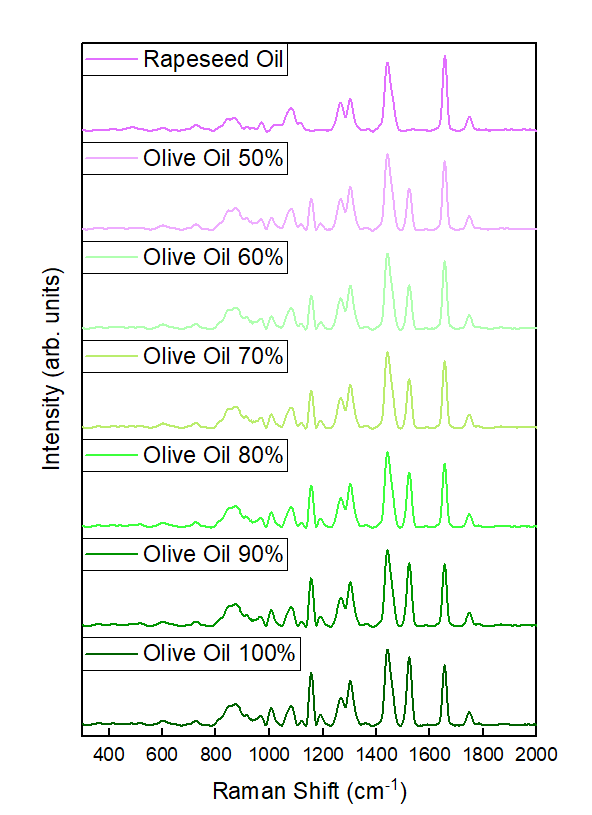
Figure 1: Olive oil with various concentrations of rapeseed oil as adulterants. Spectra are displayed with y-offset for clarity.
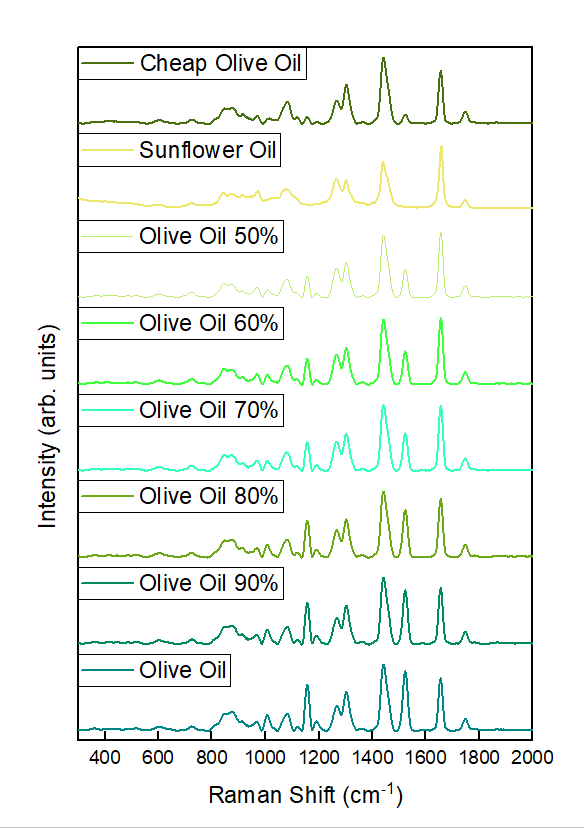
Figure 2: Olive oil with various concentrations of sunflower oil as adulterants and the cheap olive oil. Spectra are displayed with y-offset for clarity.
PLS analyses with 10-fold cross validation was used to build the model. The data was well fitted in both the cases, viz, rapeseed oil and sunflower oils as contaminants as seen in figures 3 & 4. The root mean square error for in the case of rapeseed oil as adulterant was 0.957 and 1.11 for the calibration and validation data, respectively. In the case of sunflower oil as adulterant, it was 1.52 and 3.01 for calibration and validation data. Based on this fitting data, the olive oil that was one of the cheapest available in the local supermarket was tested (blinded sample). The PLS regression model showed that the cheap olive oil had ~75% olive oil and was contaminated with sunflower oil (figure 4).
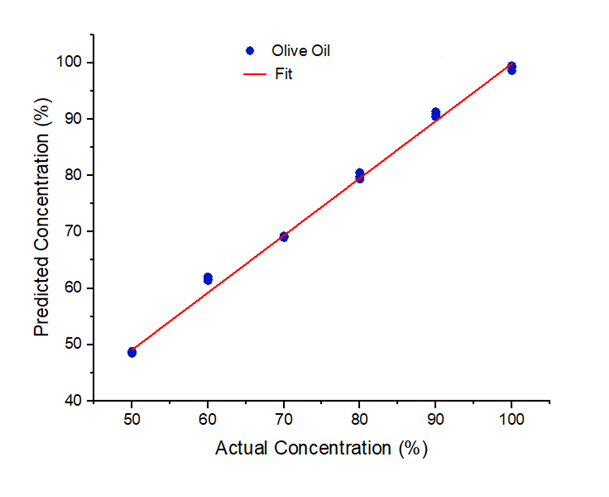
Figure 3: Actual concentration vs. estimated concentration of extra virgin olive oil contaminated with rapeseed oil. The solid line represents the zero-error curve.
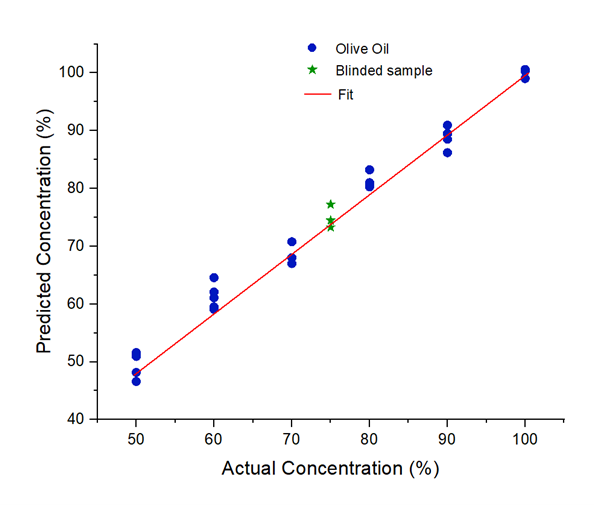
Figure 4: Actual concentration vs. estimated concentration of extra virgin olive oil contaminated with sunflower oil. The solid line represents the zero-error curve.
Conclusion
Timegated Raman technology is proved to be a powerful technique for detecting food adulterants as seen in this pilot study.
Author
 This blog was written by Timegate Instruments’ VP of Service Business Dr. Amuthachelvi Daniel. Amutha has a Ph.D. in Biophotonics with 10 years of experience in the application of Raman spectroscopy for cancer/precancer detection and Raman imaging of cells and tissues. She was also a recipient of the Marie Sklodowska Curie IF fellowship and has done extensive work in cancer diagnosis using continuous wave Raman spectroscopy and SERS. Read more about her and the whole Timegate team.
This blog was written by Timegate Instruments’ VP of Service Business Dr. Amuthachelvi Daniel. Amutha has a Ph.D. in Biophotonics with 10 years of experience in the application of Raman spectroscopy for cancer/precancer detection and Raman imaging of cells and tissues. She was also a recipient of the Marie Sklodowska Curie IF fellowship and has done extensive work in cancer diagnosis using continuous wave Raman spectroscopy and SERS. Read more about her and the whole Timegate team.

